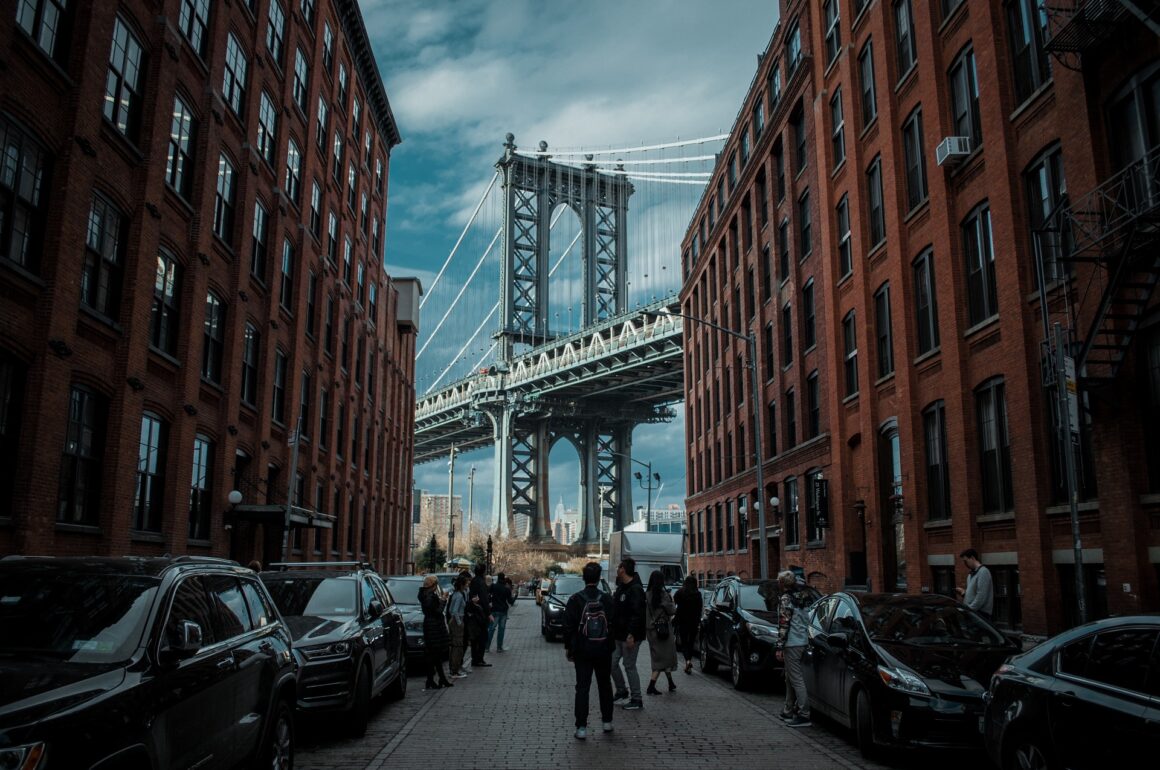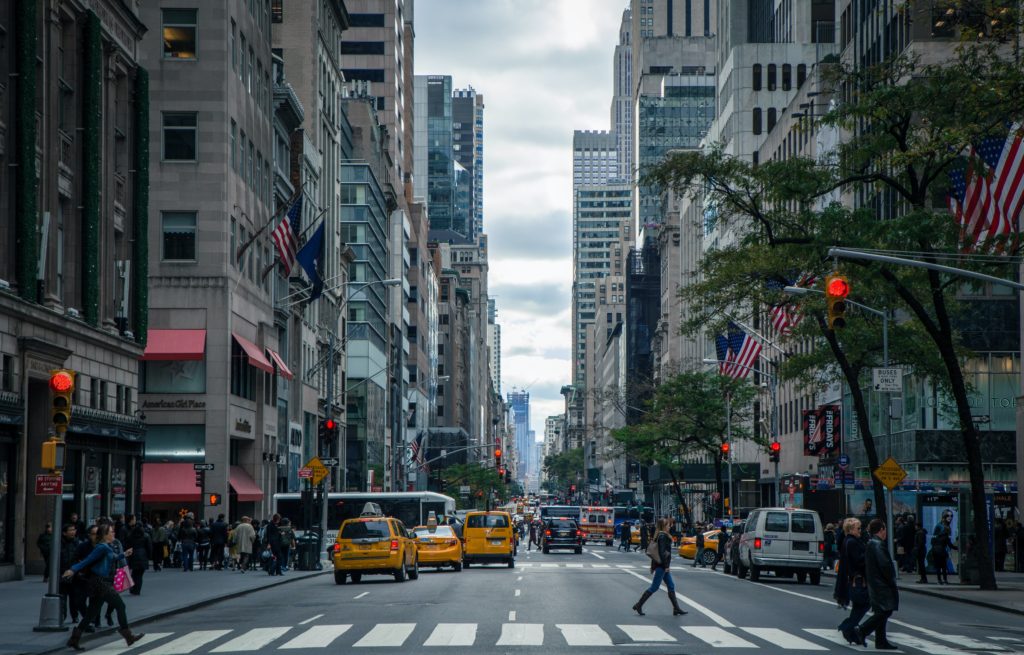The Impact of Immigration on NYC Real Estate Market

New York City is known for being one of the most diverse cities in the world, with a large immigrant population. The city’s real estate market has been impacted by this diversity, and in this blog, we’ll explore how immigration has affected the NYC real estate market.
- Demand for Housing
Immigration has contributed to the demand for housing in New York City. As more people move to the city, there is a greater need for housing, which has led to an increase in real estate prices. Immigrants often require affordable housing and may be willing to live in smaller, more modest apartments. This has led to a demand for these types of units in certain neighborhoods.
- Neighborhoods in Transition
Immigrants often move to neighborhoods that are in transition, seeking affordable housing and a sense of community. As more immigrants move into these neighborhoods, they bring with them their own cultural traditions, which can create vibrant and diverse communities. As the neighborhoods become more desirable, real estate prices in those areas often rise.
- Foreign Investment
Foreign investors are also attracted to the New York City real estate market, in part due to the city’s diverse population. Investors may be more comfortable investing in properties in neighborhoods that have a large immigrant population, as they view these areas as more stable and desirable. Foreign investment in real estate has led to an increase in prices, particularly in luxury properties.

- Impact on Rent Prices
Immigrants are also impacted by the rising rent prices in New York City. Many immigrants work in low-wage jobs and may struggle to afford housing in some of the city’s more expensive neighborhoods. As a result, there has been a rise in the number of illegal, overcrowded apartments and the exploitation of immigrants by unscrupulous landlords.
- Affordable Housing
The city has implemented affordable housing programs to address the housing needs of immigrants and other low-income residents. These programs offer affordable rents and housing to people who meet certain income and eligibility requirements. Immigrants have been able to benefit from these programs, which have helped to alleviate some of the pressure on the housing market.
- Neighborhood Gentrification
As immigrants move into neighborhoods, they can also impact gentrification. Gentrification is the process by which neighborhoods become more upscale and expensive, with new developments and a change in the demographics of the residents. This process can often displace long-time residents, including immigrants. The impact of gentrification on the real estate market can be complex, and can vary from neighborhood to neighborhood.

Conclusion
In conclusion, the impact of immigration on the New York City real estate market is complex and multi-faceted. Immigration has contributed to the demand for housing, and has helped to create vibrant and diverse communities in many neighborhoods.
However, rising prices have made it difficult for some immigrants to afford housing, leading to overcrowding and exploitation by some landlords. The city has implemented affordable housing programs to address these needs, but gentrification remains a concern in some areas.
The diversity of the city’s population has also attracted foreign investment in the real estate market, leading to an increase in prices, particularly in luxury properties. Ultimately, the impact of immigration on the real estate market is a reflection of the complex interplay between social, economic, and political factors, and will continue to evolve as the city’s population and demographics change over time.










